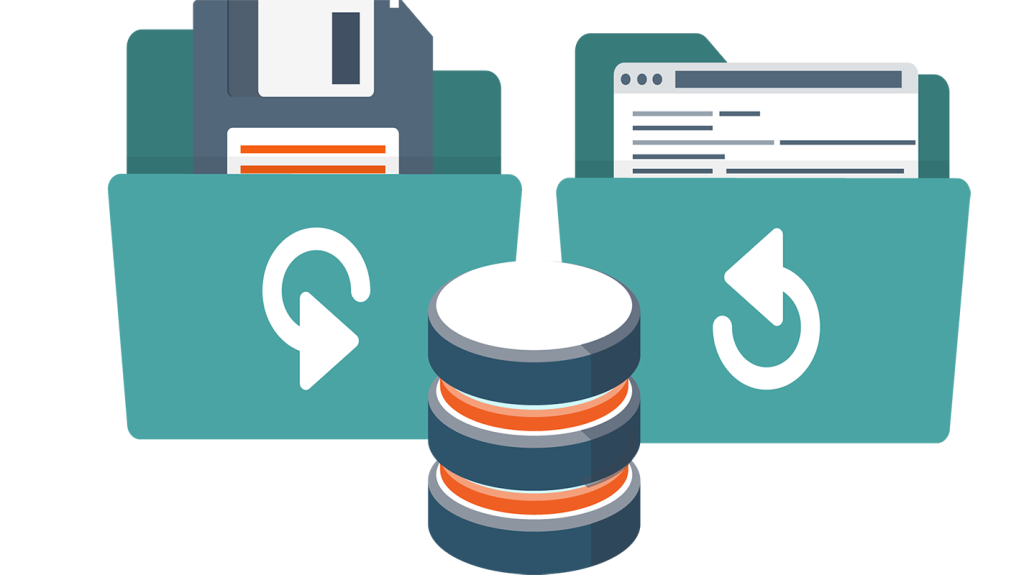Backups are essential for organizations to prevent data loss due to software/system failures, hardware errors, or other reasons. The two common backup strategies discussed are incremental backup and differential backup. In differential backup, changes since the last full backup are copied entirely, while incremental backup only backs up the changes since the last backup. Each strategy has its advantages and disadvantages. Incremental backup is faster and requires less bandwidth, while differential backup ensures lower data loss risk. Choosing between the two depends on factors like storage space, backup frequency, and data sensitivity. Ultimately, the best backup strategy will vary based on individual needs.
Backup is crucial for any organization as data is invaluable, and no one wants to lose it due to software/system failures, hardware malfunctions, or any other reasons. However, the task of backups is not easy due to the increasing data volume and storage device costs, which is why there are many backup strategies to optimize data storage without incurring high costs.
Two common backup strategies discussed in this article are incremental backup and differential backup. In this post, Minh Duy Solutions will explore each solution, their advantages, disadvantages, and which strategy is optimal in a given situation.
Differential Backup
In the differential backup method, the changes made since the last full backup will be copied entirely. The full backup is the baseline, and each backup operation will check the existing data against the full backup and update the changed data accordingly.
In many ways, differential backup is seen as an advancement in the backup world because it eliminates the need to perform a full backup every time, which is costly and time-consuming.
How it Works:
Let’s consider an example: Suppose a full backup was done on Sunday. On Monday, check the files against the Sunday backup and upload the changed files. On Tuesday, continue checking the files against the Sunday backup and upload the changed files, and so on. As seen from the example, we only compare changes to the full backup.
Advantages:
- Only the latest differential backup and the full backup are required to restore the data.
- More flexible deployment compared to full backups.
- Reduced risk of data loss as comparisons can always be made against the previous version.
Disadvantages:
- This backup method can occupy storage space as data is compared to the full backup, increasing the amount of changes each day.
- Not ideal for organizations with long intervals between full backups.
- This method is time-consuming, especially if full backups are not frequent, as the backup process will check the last full backup, determine the changed content, and upload everything.
Incremental Backup
As the name suggests, in the incremental backup method, only the files that have changed since the last backup are backed up. This means that the data backed up each time includes changes: additions or modifications.
Example: A full backup was done on Sunday. On Monday, compare the files with the Sunday backup and upload the changed files. On Tuesday, continue comparing the files with the Monday backup and upload the changed files, and so on.
In this way, we compare the current data with the last incremental backup and upload the changed content. Therefore, the last backup is the standard for comparison. With this operational method, this backup also has specific advantages and disadvantages.
Advantages:
- Only changed content is backed up, making the backup window shorter.
- Ideal solution for handling sensitive data and continuous hourly backups.
Disadvantages:
- When restoring data, the full backup and all the incremental backups need to be restored, which can be time-consuming.
- Increased risk of data loss from failures or loss of storage disks because the data of a specific version is not in any other backup file.
Comparing Incremental Backup and Differential Backup
Both backup methods are based on the principle that not all data changes between backups, so only uploading changed data each time instead of a full backup is a reasonable choice. It can be clearly seen how this backup method saves time and storage capacity.
The main difference here is how changes are identified. In Differential backup, the current data is referenced with the last full backup, and changes are uploaded. On the other hand, with Incremental backup, the current data is compared with the last backup, not the last full backup, and the changed data is uploaded.
An important factor from a deployment perspective to consider is storage bits. When performing a full backup, the process resets storage bits.
Similarly, an incremental backup will also reset storage bits each time, so only changes are saved. However, a differential backup does not reset storage bits, so all data differences between the full backup and current data are copied.
These differences are summarized in the table below:
| Incremental backup | Differential backup |
|---|---|
| Compares with the last incremental backup. | Compares with the last full backup. |
| Faster backup as it compares with the last incremental backup. | Slower because it compares with the last full backup and determines all changes. |
| Requires less bandwidth when uploading as the changed data is relatively small. | Requires more bandwidth than incremental backup as comparisons are made with the full backup data each time. |
| Data restoration requires backing up all data and all incremental copies. | Data restoration only requires the full backup and the last differential copy. |
| Restoration is slower as all copies must be compared. | Restoration is faster as only the latest copy needs to be compared. |
| Resets storage bits. | Does not reset storage bits. |
| Higher risk of data loss. | Relatively lower risk of data loss. |
Which one is better?
Now it’s a decision-making issue – which method is better? Incremental or differential backup?
The answer will depend on the backup strategy, backup frequency, data changeability, service level agreement terms, available resources, and recovery frequency.
Choose Incremental backup if:
- There is a long time between full backups.
- Memory space is running low.
- Short backup windows are desired.
- Dealing with sensitive data and hourly backups are needed.
On the other hand, choose Differential backup if:
- Storage space is not a concern.
- Backup duration can last all night and not interfere with other processes.
- Time between full backups is shorter.
- Quick data recovery is a critical requirement.
Both backup methods have their advantages and disadvantages, and the choice of an appropriate strategy will depend on the specific needs of the user.



